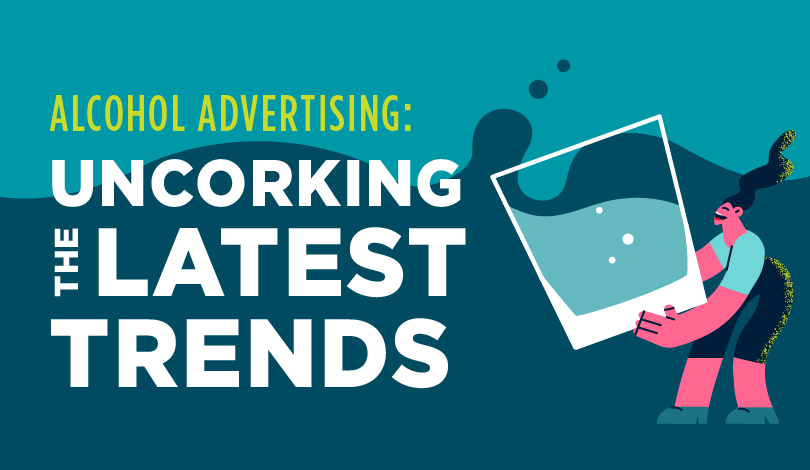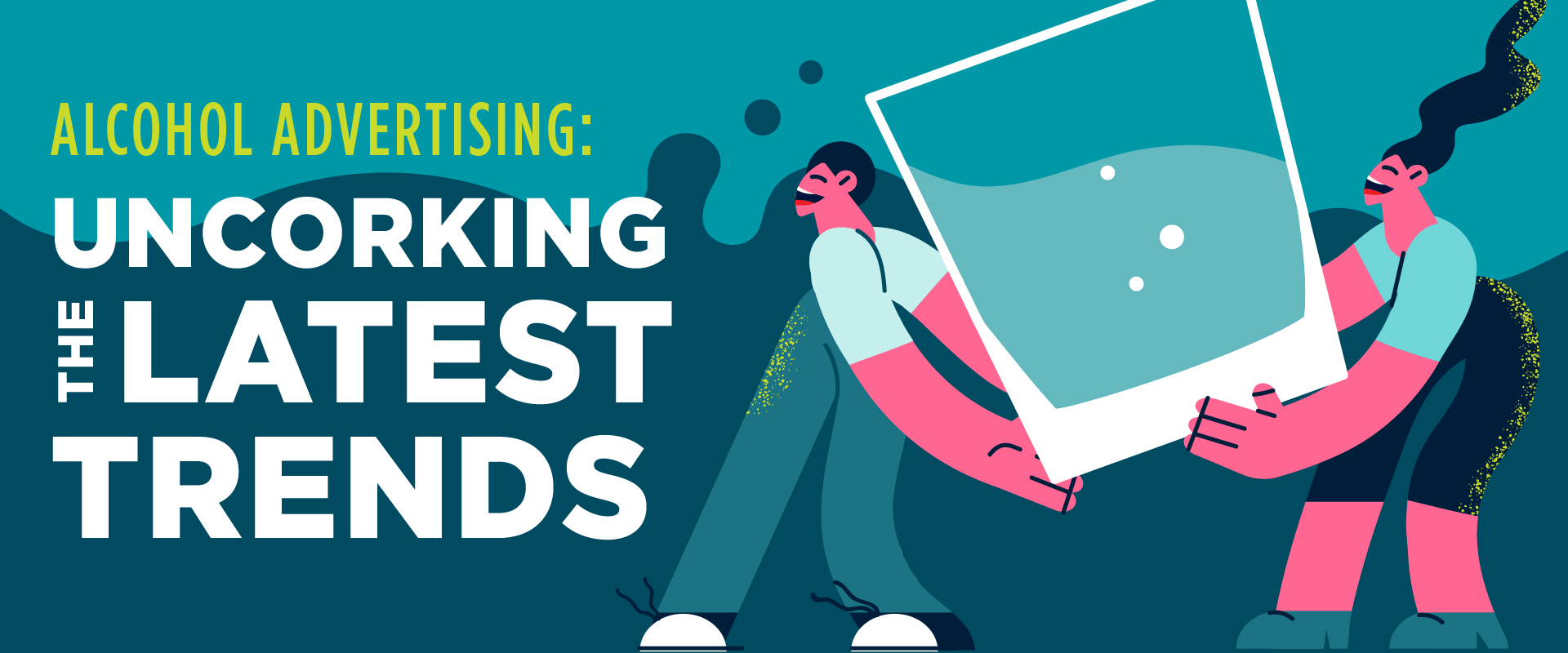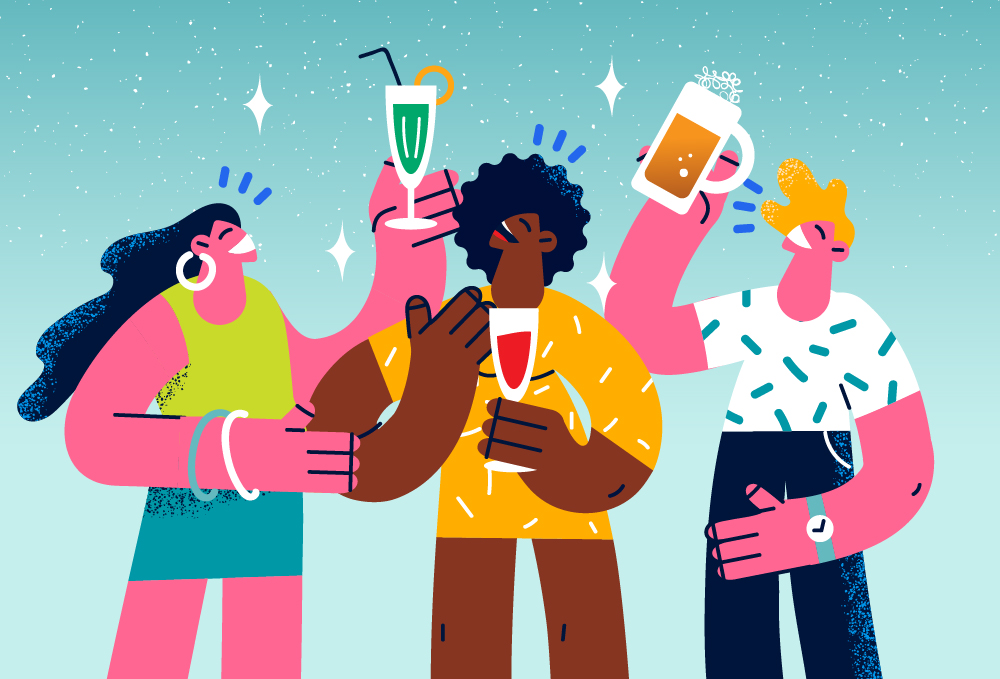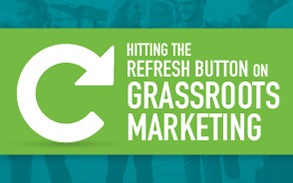Our Flight Crew makes penguins fly from the East Coast most days, but that doesn’t mean we don’t love spreading our wings every once in a while–especially when it’s to hone our skills so we can become even smarter, more efficient, and more digitally savvy when it comes to the latest industry happenings.

Uncorking the Latest Trends in Alcohol Advertising & Consumer Behavior

UNCORKING THE LATEST TRENDS IN ALCOHOL ADVERTISING & CONSUMER BEHAVIOR
As we quickly approach August, summer ads are in full swing. And with summer come advertisements for alcohol. From IPAs to a hundred different hard seltzer flavors and flavored spirits, one can tell just by paying attention to the TV and their phone that the alcohol category is one in which companies and brands are jockeying for first place. Despite its fun exterior, competing in this category is more challenging and complex than you’d think. As The Brandsmen explain in their blog unpacking this fascinating category, “Understanding the various restrictions that surround industries like alcohol is important to executing a sound strategy…With data-driven insights and defined audience personas, alcohol brands are better equipped to implement systems that help convert more customers.” Restrictions on which social media platforms you can push your content, significant shifts in audience behavior, and how alcohol brands are responding tell a very interesting story.
Let’s Start with the Key Platforms: Instagram & Facebook
We’ve pulled out a few key points about our favorite social media channels and how they interact with the world of alcohol and alcohol merchandise. Advertising alcohol products on Instagram is a definite yes, with 60% of alcohol marketing on the news feed of Instagram and 40% on Instagram stories, making it a difficult and bustling place for alcohol brands to try and make their brands seen and heard.
When it comes to Facebook, the price to get your brand’s name out there is higher than any other platform and any other industry with a CPC price tag of $0.20. This has been forcing alcohol brands to find new ad formats, content ideas, and to get intentional about where they put their ad dollars. Additionally, over 80% of alcohol brands’ marketing is on the news feed, while 10% exist on Facebook Stories.2 Whether it’s worth putting money into Facebook Stories instead of the news feed is up for debate, but it’s certainly a less busy area to spend money when it comes to advertising alcohol on Facebook.

Here’s Where It Gets Complicated: Snapchat & TikTok
You might notice your favorite beer brand in the form of a Snapchat filter at your next tailgate, making it clear that Snapchat is a welcome place for alcohol brands, given that the filter correctly targets those of legal drinking age on the app. If the filter correctly does this, the brand is in the clear. But it wasn’t always this way. In order to advertise on any platform, at least 71.6% of its audience must be above legal drinking age. This took Snapchat out of the running years ago, but their audience has since grown up, making advertising alcohol on the app now a possibility.
TikTok, however, is a different story. With one third of TikTok’s viewership aged 14 and under, the app is nowhere near being able to host advertisements from alcohol brands. Despite the thousands of videos in the “#cocktails”hashtag, creators or influencers are not allowed to promote alcohol or related products in the US for the same reason no alcohol advertisements are allowed. As described in “Gazing Into the Foggy Future of Alcohol Advertising on TikTok,” it seems that “alcohol advertisers have every reason to keep TikTok at arm’s length for now…But one day, it probably will be [legal]”. Essentially, alcohol advertisers have to wait patiently for TikTok users to grow up.
What Are Consumers Looking for in Their Drink Experiences?
Aside from the constraints that social media platforms put in place, consumers have a great deal of say in what they want out of both their alcohol advertising experiences and products. When it comes to the products themselves, consumers have higher expectations than ever, seeking out “unique experiences” and “value for their money”1 in addition to all the bells and whistles possible. Consumers are embracing bold, adventurous flavors and recipes, which aligns with the hard seltzer craze that took the alcohol category by storm in the past few years. White Claw’s sales went from $154.8 million in 2018 to $627.2 million in 2019–a massive increase and the entire category was then flooded with Bud Light Seltzer, Coors Seltzer, Malibu Splash, High Noon, and more between 2018 and 2020. And even though the craze might be cooling down according to experts, crazy flavors aren’t going anywhere and consumers’ desire for flavor isn’t either.
With this in mind, consumers are also obsessed with having drinks that are simply ready to go. The Ready To Drink or RTD category of beverages is one of the fastest growing alcohol categories. Sales of spirits-based RTD cocktails increased as much as 226% from 2016 to 2021. Additionally, the percentage of adults enjoying RTD beverages increased from 40% in 2018 to 50% in 2021. This trend paired with consumers’ desire for crazy flavors makes the popularity of hard seltzers, hard kombucha, and ready to drink cocktails understandable. So don’t be surprised if you continue to see more alcoholic versions of different kinds of beverages, because the alcohol industry is both trying to impress consumers and make their lives easier all at once.
Presentation matters–equally, if not more, than the drink itself. A whopping 69% of millennials take a photo of their food/drink to share on social media, making it all the more important to make something about your product stand out–whether it’s the packaging, the branding, or how the drink itself looks. That’s not to say, however, that consumers aren’t looking for a high quality beverage. In fact, 54% of 18-34 year olds are willing to choose a premium drink.4 This is in part because people are willing to pay more to drink less.
More Flavor & Less ABV, Please
It’s true, 22% of consumers globally are drinking less.4 But, their desire for flavor is only growing. Google predicts that search results for “mocktail” will increase 58% this year, making it clear that consumers are gravitating towards complex cocktail flavors without the alcohol, or at least without as much of it.4 Yes, there is a middle ground evolving between the growing population of non-drinkers and those who are maintaining their drinking habits. After all, the social scene isn’t going anywhere as a result of all this. In fact, 63% of US adults are returning to social activities post-pandemic such as going out to restaurants, bars, and parties.
People are still consuming alcohol-related beverages; there’s just more nuance to it now. One of those nuances is the growing popularity of low ABV beverages. 55% of mindful drinkers are consuming low ABV drinks globally.4 To meet this demand, brands are creating products catered directly to this audience and the promise of its growing popularity. This without a doubt puts pressure on brands to create entirely new lineups of products while still maintaining their quality and unique brand. No easy task.

Looking to the Future
It’s truly a whole new world in the alcohol category and there’s no sign of the growth and change stopping any time soon. The best way to navigate it all seems to be by paying attention to the category, including social media restrictions, and how it continues to shift over the next year according to consumers’ desires. Through all this change, it’s going to be important for brands to maintain their unique, familiar, and consistent personas for audiences to. With products changing and desires shifting, “managing a brand’s footprint helps maintain identity and story.” Through this, “brands can connect and resonate more deeply with their audience long-term.”1 We’ll see how advertising in this field changes over the next several years as audiences get older, more products are created, and consumers’ expectations continue to grow. If you’re interested in crafting a unique, defined brand presence that will last–no matter what the category–Vision can help you soar in the right direction. You can check out some of the work we’ve done to establish and evolve our clients’ brands here. Also be sure to check out our previous blog, “The Importance of Branding: Use Your Story To Establish Your Brand.”
SOURCES:
- https://thebrandsmen.com/alcohol-branding-and-marketing-strategies/
- https://emplifi.io/resources/blog/alcohol-marketing-trends-you-need-to-know-right-now
- https://vinepair.com/articles/business-alcohol-advertising-tiktok/
- https://www.drinkripples.com/blog/what-you-need-to-know-spirits-marketing-trends-in-2022
- https://www.businessinsider.com/hard-seltzer-craze-timeline-white-claw-truly-bud-light-seltzer-2021-10
- https://daily.sevenfifty.com/inside-the-evolution-of-ready-to-drink-cocktails/#:~:text=According%20to%20Mintel%20data%2C%20total,from%2040%20percent%20in%202018.
- https://get.doordash.com/en-us/blog/alcohol-trends
- https://together.nbcuni.com/wp-content/uploads/sites/3/2021/10/2021-Alcohol-Industry-Assessment_Together-Site.pdf

The AMI Digital Summit: The Flight Crew Heads to Chicago

Creating the GDUSA Award-Winning Biovanta Website & the Relationship Behind It
Winning a GDUSA award is always exciting because it’s both a celebration of our designers’ hard work and a time to reflect on our partnership with a client in relation to the project itself. We’re only as good as our last project after all, and our partnerships make us who we are. So let’s take a dive into not just creating the GDUSA award-winning Biovanta website, but into how it all came to be.

Grassroots Marketing
We recently brought a grassroots marketing campaign to life in Central Park for the family-owned snack company John Wm. Macy’s. Our experience got us thinking about the core aspects of grassroots marketing and audience engagement, and what it takes to create a successful campaign. It’s a layered concept, so let’s dive in together.
